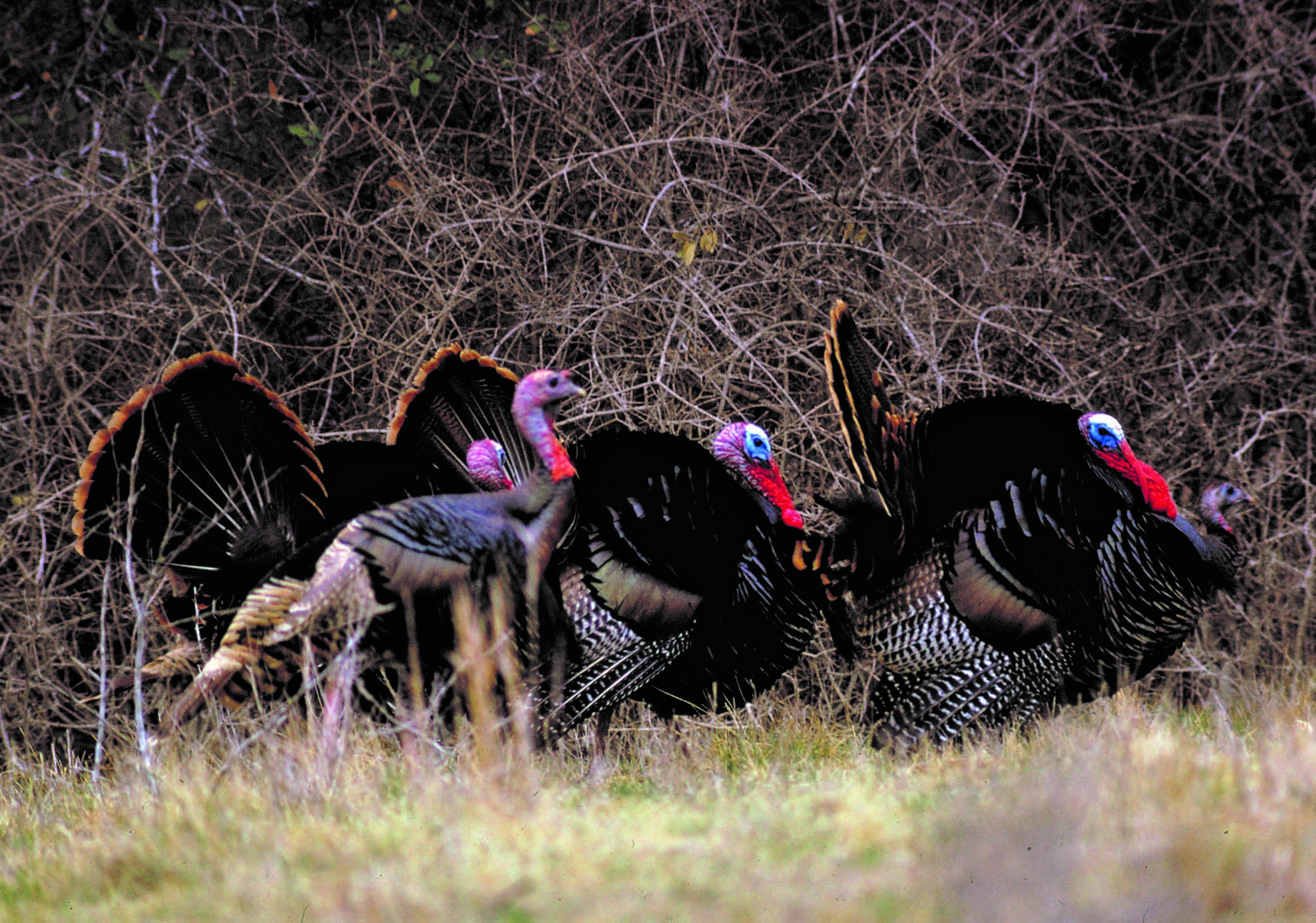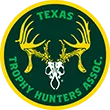
SO, YOU WANT TO BE A TURKEY HUNTER?
By Horace Gore
Texas had its first spring turkey season in 1969 in only one county—Kerr. Even though the state had millions of Rio Grande turkeys in about half of the state, resistance from leaders in the Texas Parks and Wildlife Department had kept the state with a fall-only season for many years that corresponded with deer season. About 50,000 turkeys were killed each fall by deer hunters in the Edwards Plateau, the Panhandle and South Texas.
As Upland Game Program Leader during my time at TPWD, I recommended a spring turkey season in 1968 and by chance, there were commissioners who agreed we should have a spring season. The objections were overruled, but a deal was made to have a short season in one county—Kerr County—in the Edwards Plateau. The hunt went well, and the number of game wardens on hand seemed to outnumber the hunters, who managed to get about 100 gobblers!
The next year, the commission approved 16 counties with high turkey populations, and a spring season was on its way. Today, over 50 years later, the spring turkey season has become a very popular outing for 100,000 eager spring hunters who bag about 50,000 gobblers.
I killed my first Texas spring gobbler in 1972, and there have been about 35 since then. I know how to hunt spring turkey, and I will pass on some tips for you, in case you need some advice as a new hunter. I’ll try to go from A to Z on a hunt, and you can follow along. Remember, you are acting in a fashion that is opposite to the natural order. The gobblers call to lure the hen. You are calling to lure the gobbler. This requires patience.
First, make sure you are in turkey country. You can’t kill turkeys if they are not there. Next, you need camo or dark clothing, head to toe. Preferably, it should be camouflage, including your face covering. Nothing can be light colored, including your socks. You can use camo paint for your face and hands, but I would suggest a camo face mask and camo or brown gloves. I know hunters who camo-paint their shotgun, but that’s not necessary. Just remember a wild turkey has remarkable eyesight that can catch the least movement.
Your gun should be a 12-gauge, full choke, and your ammo should be No. 4 copper-coated in either 3” or 2 ¾”. Having a 3” Magnum often makes you take a long shot that doesn’t get the bird. I’ve killed 99% of my gobblers with standard 12-gauge hi-velocity No. 4 copper-coated shot shells. I don’t think it makes any difference if you use a single barrel, pump, or automatic—you won’t get but one good shot!
Only adult male turkeys will gobble as part of the breeding cycle. “Jake” gobblers (only one year old) hardly ever gobble, for fear of being whipped by older gobblers, and usually creep into the call without strutting. These “teenagers” are always quiet, but they will come to a call.
Gobblers that are 2-3 years old are very vocal, and readily come to the call, usually in the company of one or two gobblers the same age. Older gobblers are always solitary and are not so quick to come to the call. They require a lot of patience—a quality in the hunter that is very important.
A dummy hen can be used very effectively. When you decide where you are going to set up for the wait, place the dummy in a clear area about 20-25 yards from your position. An approaching gobbler will go to the hen, and you will have a clear shot at his head. never aim at anything but his head.
I’ve always had better luck in the evening than at daylight. But, if you are set up near where turkeys roost, get there before daylight and place the dummy between your position and the roost. Use a small flashlight if necessary to be sure how the dummy is set and how far it is from your position. Then, find a suitable tree to sit against, or some other place that has a background to blur your outline, that’s comfortable. At daybreak, the turkeys will fly down, and hopefully they will come your way. We’ll discuss calling later.
I’ve taken a lot of tom turkeys in the evening, when I knew where the turkeys were roosting. I would get to the area about 5 p.m., and just sit and listen for a while. As the sun goes down, gobblers will start calling to let the hens know where they are. That’s when you decide where you will set up for your wait. As the gobblers get closer to the roost, you will find a good tree to sit against, with the dummy hen about 20-25 yards from you in the direction of the gobbling turkey.
If I had to give you one word that would help you get a gobbler, it would be patience. Once you sit down at the tree, facing the direction of the gobbling turkey, you shall not move for any reason. The shotgun will lay alongside your leg, and your hands will be down low if you are using a slate or box call.
When the gobbler gets within a distance that you are sure he is coming to you—his gobbling gets louder—you will pull up your legs and lay the shotgun on your knee with the stock to your shoulder and wait as still as a mouse. No need to call anymore because the gobbler knows where you are. When he shows up, wait until you can get a head shot at close range, close enough that you can see his eyes blinking! When you are ready to shoot, make it quick and aim for the head.
Using a call to call up a turkey may be cracked up to be more necessary than is needed to kill a turkey. Of course, a good turkey caller can get the gobbler in quicker than without good calling. But a few yelps (and I mean, a few) at the right time can still be productive.
When a gobbler is far away, but you can hear him, make three to five (never less than three or more than five) yelps as loud as you can on your call. If the turkey immediately answers your yelps, wait a few seconds, and make three more yelps. If he answers your call, sit tight for 3 to 5 minutes without calling. If you hear his gobbling, and he seems closer, give him 3 more yelps, and wait for an answer. He may answer or he may not. A “no answer” is good, because he is probably on his way. Wait a few minutes and give him another three yelps. Do not call any more.
This is the time to be prepared for where you will set up for your wait, and with the dummy hen between you and the coming turkey. Put up the dummy as quick as you can, and get to your tree or other station, gun over your knees and ready to shoot. Be ready when the gobbler comes up to the dummy hen, and quickly take a head shot. If he is strutting, wait until you can clearly see his head for a shot.
One last thing. A dead gobbler is heavy—sometimes 16 to 20 pounds. A piece of strapping with ties on each end helps to carry the bird. Tie to his feet and neck and carry him on your shoulder. Good luck!



